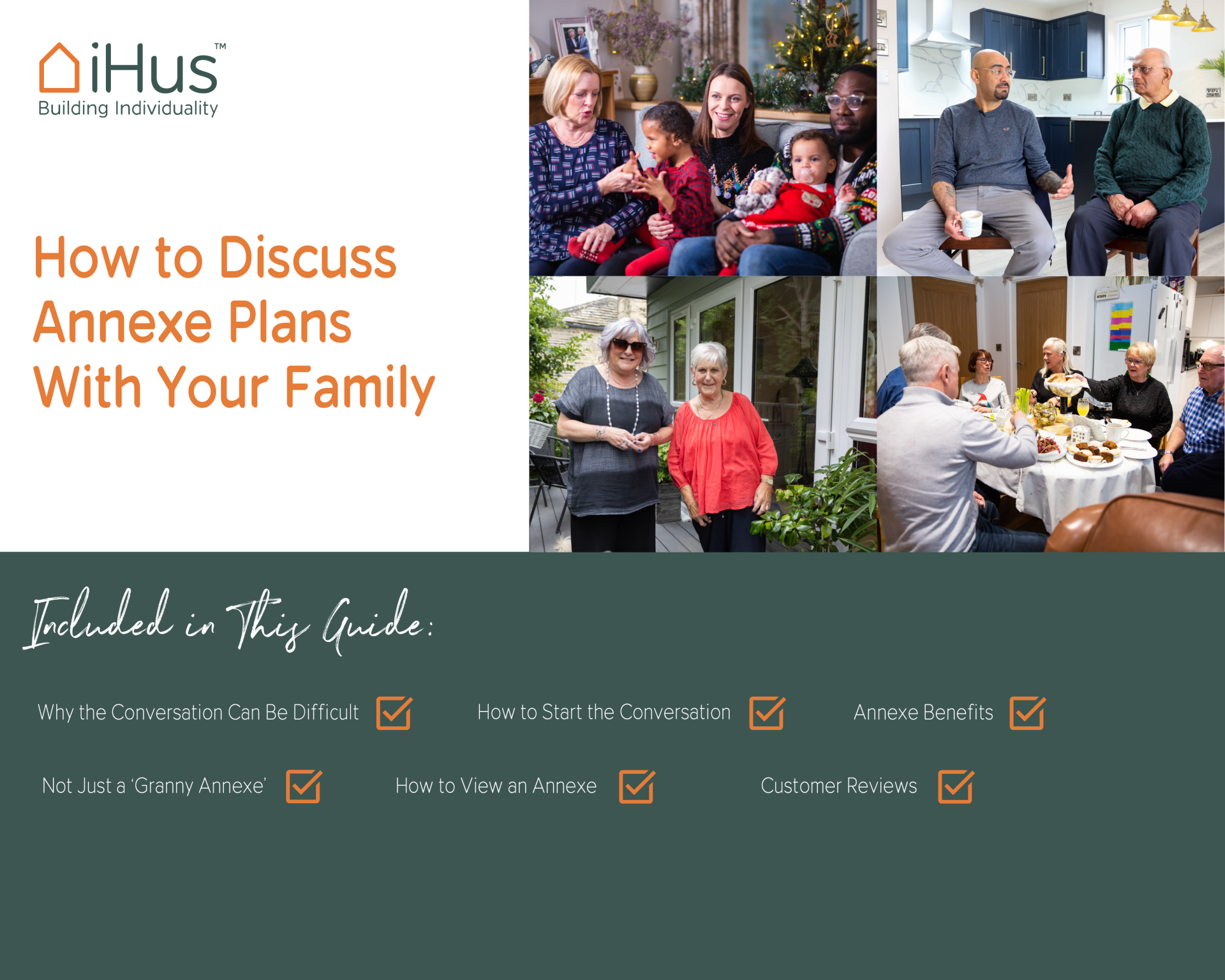We Handle All The Planning
Planning permission can feel like a daunting process, but with us, it doesn’t have to be. Our expert team takes care of everything – from initial applications to final approvals – ensuring a smooth, stress-free experience for you.
Do I need planning permission for an annexe?
The simple answer is yes
We have two approaches dependent on whether you choose from our Classic range or 3632 range. An integral part of our service for our Classic range is our dual approach to obtain the necessary permissions from your Local Planning Authority (LPA) to build your annexe, whereas our 3632 model specification is safely covered through the Caravan Act alone.
For our Classic range, our primary method of obtaining planning permission is a Householder Application (1). However, we submit the same plans under the Caravan Act (2) so that should any objections be raised, we have a ‘safety net’. This dual approach ensures that the planning stage is as short as possible and that building works can start as soon as approval is granted. Alternatively, our 3632 range is covered by the Caravan Act alone.
Most Householder Applications are decided under ‘delegated authority’, where the case officer and the LPA management team will make the decision. It’s quite rare for a full planning committee to be involved in the decision.
Your LPA will have their own adopted planning policies and guidance, meaning that no two applications are the same. And whilst national guidelines do exist, each LPA has specific local adopted policies.
In rare circumstances, one or more specialist surveys may be required to support the application, including: arboricultural (tree), ecological (wildlife), topographical (ground levels), flood risk assessments, archaeological surveys, or a heritage report if you live in a listed building. Each of these involve a separate fee payable to the specialist company undertaking the survey.
If your main property is in a conservation area, national park, Green Belt, site of special scientific interest, or area of outstanding natural beauty, the LPA conservation officer will be involved and can influence what can be built and how it looks.
A planning notice is issued when an application is successful and will always have several conditions attached that must be adhered to. The notice may also be issued with ‘pre-commencement’ conditions. In this instance, these conditions must be officially discharged before work can start, which will incur small fees.
Our planning experts will work closely with your case officer during the planning process to give your application the best chance of being approved. However, if your application is refused, we will review the reasons for refusal and advise on the next steps. As a Householder Application is our preferred form of permission to build, we usually recommend amending and re-submitting the application or appealing the decision.
Should a Householder Application be unsuccessful for an annexe in the Classic range, we will utilise the Caravan Act to obtain permission to build. There are three tests that a mobile home must pass to comply with the Act;
- Maximum dimensions
- Method of construction
- Transportability
All our annexes can be built to achieve these criteria, meaning that permission to build your annexe will be achieved one way or another. Your LPA will issue a Certificate of Lawfulness (COL) should there be no objections.
Your Peace of Mind Assured
With a 94% success rate and over 250 local planning authorities worked with, we’re so confident we can secure your planning, we offer a full money-back guarantee. That means, in the unlikely event that planning consent is not given, we’ll refund every penny you’ve spent with us up to this point.
250 number of local planning authorities worked with
FAQs
Each project is inspected by VANTAGE Building Control, an industry-approved body, to guarantee that it meets or exceeds building standards. VANTAGE are registered by The Building Safety Regulator (BSR) and are a registered Building Control Approver (RBCA). Please note for models in the 3632 range, building control is not always necessary.
Initially, we will prepare and submit the application to your LPA. Once validated (which can take up to four weeks), the planning application process takes eight weeks. Here’s how it works…
Weeks 1–3. Public Consultation: your LPA will write to the statutory consultees, this includes; neighbours, Parish Council (if you have one), Ward Councillors, Highways and Water Agency asking for their comments on the application. Any objections will be logged during this period, and most LPA’s won’t accept comments after this stage.
Weeks 4–8. An LPA case officer will look after your application up to its decision date (known as the ‘target decision date’) at the end of the eight-week period. Within this time, the officer will likely conduct a site visit.
Throughout the process, our planning experts will engage with your case officer to address any concerns and ensure the application has the best chance of success. Any changes required by your LPA will be fully discussed with you before being agreed with the LPA.
Of course, there are obstacles that can delay this process–usually planning objections or a specialist survey request. This means that the timeline isn’t set in stone, but provides a good guide for customers.
Ask Hus: The answer to all your planning questions
Visit AskHusPrefer to speak to our experts?
Leave your details below and one of the team will be in touch.

